Whenever going camping in bear country, you need to follow some basic safety rules. These rules help ensure that bears don’t come to your campsite looking for food.
The following bear rules are not just for your safety, they also help the bears stay safe too. When bears come to campsites because they smell food, they can become habituated – meaning they lose their natural fear of humans. Those bears are more likely to become food-conditioned, have dangerous encounters with humans and be killed as a result.
So, whether you are at a campground or backcountry camping, here’s what you need to do to keep bears away from your campsite.
Wants lots of crucial camping info at your fingertips? Get my
Camping Cheat Sheets: An Illustrated Manual
Click to get your hands on this PRINTABLE guide!
1. Choose Your Campsite Wisely
When backcountry camping, avoid setting up camp anywhere with signs of bears.
Watch out for:
- Bear scat
- Tracks
- Scratches or rubbing on trees
- Dig marks
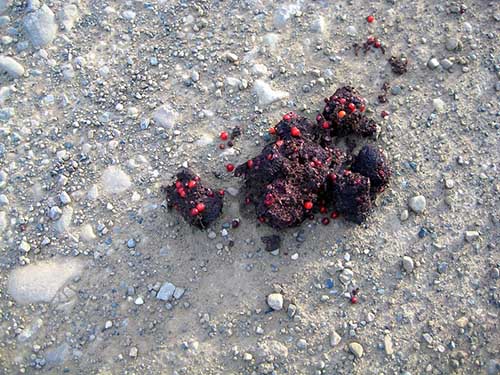
Fresh bear scat full of berries. Time to move away quickly!
You also want to avoid areas which have things which might attract bears, such as:
- Ripened berry patches
- Streams with spawning fish
- Direct access to water
- Ravens (are a sign that an animal carcass is nearby, which a bear might come to eat)
2. Use Proper Bear Storage Methods for Food and All Scented Items
Bears have the best sense of smell of any animal. While estimates vary, black bears can pick up smells from at least a mile away and possibly even 20 miles away. If you have food at camp, chances are that bears will be able to smell it.
Almost all human-bear conflicts involve food or other scented attractants. Thus, it is very important that you store your food and other “smellables” properly against bears while camping.
What counts as a “smellable”?
In addition to food, these items have scents which may attract a bear. They should be treated as food and stored against bears.
- Food wrappers and other trash
- Pet food
- Clothing that you cooked in or has food residue on it
- Flavored beverages, including sports drinks
- Toothpaste and toothbrushes (which likely have toothpaste residue on them)
- Baby wipes and scented tissues
- Insect repellent
- Sunscreen
- Candles
- Soap, detergents, sponges and dish towels
- Cough syrup, vitamins and any first aid items with sugar or flavoring
- Deodorant, lotion, lip balm, pads, tampons, and other hygiene items
Bear Food Storage Options
Below are some of the options for storing food in bear country and the guidelines to follow for each.
Lockers:
A lot of campgrounds and backcountry campsites in bear country have lockers for storing food. Always use these if available.
- Only remove food from the locker when you are using it.
- Leave any food you are not using in the locker.
- Immediately return food to the locker when you are done.
Car:
Bears absolutely can get into cars! They know how to open doors and have been known to break windows to get at food inside a car. There are plenty of stories about cars getting destroyed by bears – like a bear that broke into a car to get the mints inside, or this video of a bear destroying a car in Tahoe. And apparently Yosemite bears prefer minivans because they have learned that they are most likely to have food inside.
Because of this, you should always store your food in a locker or a bear canister. However, in some situations, it’s okay to store food in your car. For example, if you go on a day trip by car, you can leave food in the vehicle while you get out and explore because it wouldn’t be advisable to leave your bear canister out.
When storing food in your car, follow these guidelines.
- Check the park rules about food storage before you go. Many parks only let you store food in your car during daylight hours.
- All food and smellables should be out of sight.
- Windows should be closed and doors locked.
- Keep your car clean. Food crumbs can attract bears.
- Remove any food wrappers, mints, gum or other smellable items from your vehicle and put these in a locker or bear canister.
RV:
Just like cars, you can sometimes store food in an RV. Even if it is allowed, it’s still better not to store food in your RV since bear-inflicted damage can be expensive.
- The RV must be made out of solid material. A bear can easily tear through a cloth pop out on an RV.
- Keep food out of sight
- Close windows and all vents and lock doors
Bear Canister
Bear canisters are designed so bears cannot open them or even smash them open. They are required when camping in many national parks when food lockers are not available.
Note that the bear will still be able to smell your food through the canister. Lots of backpackers have stories of bears swatting at bear canisters for HOURS before giving up. However, the food stays safe.
- Keep bear canister at least 70 yards from your campsite. 100 yards is even better.
- The canister should be downwind from camp.
- Do not put any ropes on the canister; the bear will be able to carry it away.
- Don’t hang bear canisters in trees. The bear could use the hang rope to carry it away.
- Put the canister on a flat surface away from water and cliffs. You don’t want the canister to roll away if the bear tries to get in it.
- Put reflective tape on the canister or paint it with fluorescent paint. It will make it easier to find in vegetation or dark.
- Bear canisters aren’t waterproof. Keep the canister upside down at night so rain won’t get into it.
- Consider putting clean pots and pans on top of the bear canister. It will act as an “alarm” if a bear comes to your canister. Then you can try to scare the bear away with an air horn, bear bangers or other repellents.
Ursack:
Ursack is a food storage bag made out of bulletproof material. A lot of hikers prefer it because it’s lighter and less bulky than a bear canister. While Ursack is approved in many national parks, it is not nearly as good as a canister.
While bears generally cannot tear apart a Ursack, they can completely squish your food while trying. Soft or juicy foods can leak out through the sack, thus rewarding the bear. Thus, they are generally only recommended in areas where there aren’t many bears and the bears aren’t known to be problematic.
For more info, read: Bear Canister vs. Ursack
Bear Hang
Also called a “bear bag,” this storage method involves hanging food between trees or off of a tree branch in a way that makes it difficult for bears to get. There are several methods of bear hangs, though the PCT method is considered best. Bears are incredibly smart creatures and have learned how to cut rope to make food fall!
For more info, read: 5 Ways to Hang a Bear Bag
3. Consider Odor-Proof Bags
Standard plastic zip bags are not odor proof. They will do almost nothing to keep bears from detecting your food. However, there are special odor-proof bags, like the ones by Loksak, made for camping and hiking.
Odor-proof bags by themselves are NOT a good food storage method against bears. They are not 100% reliable and a bear could still detect the food insid. Since the bags provide zero protection, the bears could easily get the food, thus contributing to food conditioning in bears.
Once they get a taste of human food, they are more likely to come back for more and because a menace. Hence the phrase, “a fed bear is a dead bear.”
However, you can put scented items in the odor-proof bag and then put it in one of the following storage methods.
4. Use the Bear Triangle
Also called the “bearmuda triangle”, this involves setting up your campsite to keep smells away from camp. If a bear does detect your food, at least it won’t come close to your sleeping area.
Your shelter is one point on the triangle. The other points are for food storage and cooking. They should be at least 200 feet away from your shelter and downwind.
5. Avoid Bringing Heavily-Scented Items
All foods are going to have some smell to them which could attract bears. However, some foods are much more “smellable” than others. In areas with problematic bears, you probably want to avoid foods such as:
- This is actually used as bait in bear studies because bears love it so much! In another study, it was also rated as the highest bear attractant.
- Fish
- Peanut butter
- Sweets, including berry jams and pies
Likewise, avoid other highly-smellable items like perfumes, scented soaps and other scented hygienic items. The fewer smells you have, the better!
6. Keep Your Campsite Clean
Ideally you shouldn’t bring any smellable items into your campsite at all. Immediately store food and eat away from camp.
However, this isn’t always practical. You will likely do food prep and eat at your campsite or have a picnic. So, you’ll need to take these precautions:
- Don’t leave food around your camp. Immediately return it to storage.
- Do dishes immediately after eating.
- Keep food in sight at all times. Never leave it unattended.
7. Dispose of Greywater Away from Camp
Greywater also has odors which could attract bears to your campsite. This includes waste water from:
- Washing hands
- Brushing teeth
- Doing dishes
Check the campground rules for disposing of greywater. When in backcountry where you don’t have sinks, you will need to dig a hole at least 200 feet downwind from camp and dispose of the water in the hole.
8. Change Your Clothes After Cooking
If you are cooking smelly foods like meat, don’t bring those clothes in the tent. Take them off and put them with your food storage.
9. Dispose of Garage Properly
Garage, including food wrappers and leftovers, are one of the main attractants which bring bears to camp. If there is no garbage disposal where you are camping, you will need to keep garbage in with your food storage until you can dispose of it safely.
The National Park Service advises against burning trash. This is because campfires usually don’t get hot enough to completely burn a lot of trash, thus leaving residue which can attract bears.
However, a lot of backpackers do burn their trash occasionally. If you choose to do this, don’t burn the trash near camp. Ideally do it during the day and then completely bury the remains.
Even if you follow these rules…
You can still have a bear encounter. That’s why it is so important that you carry bear spray with you AT ALL TIMES while in bear country. For more info, read how to use bear spray.
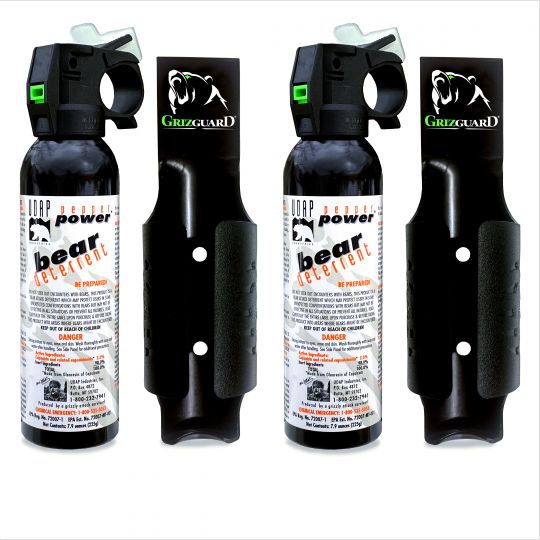
Recommended: UDAP two-pack of bear spray.
Resources:
https://www.nps.gov/yose/blogs/bear-series-part-one-a-bears-sense-of-smell.htm
https://digitalcommons.usu.edu/cgi/viewcontent.cgi?article=1726&context=hwi
https://esajournals.onlinelibrary.wiley.com/doi/full/10.1002/ecs2.1408
https://academic.oup.com/jmammal/article/103/6/1350/6748717?login=false
https://jalopnik.com/bear-rips-car-apart-because-thats-what-bears-do-when-pe-1826229351
https://www.nps.gov/yose/planyourvisit/bears.htm
https://bioone.org/journals/ursus/volume-2020/issue-31e9/URSUS-D-18-00020.2/American-black-bears-and-hair-snares-a-behavioral-analysis/10.2192/URSUS-D-18-00020.2.full
static/file/greene_michele_final_thesis_2016.pdf
static/file/2008bear_report.pdf
Image credits:
“Fruit!” (CC BY-NC-SA 2.0) by OnceAndFutureLaura,
“Bear Proof” (CC BY-NC 2.0) by davidseibold<
“Bear canisters” (CC BY-SA 2.0) by Brett L.,
“Investigating” (CC BY-NC-ND 2.0) by catchesthelight,
“Bear canister at campsite, Yosemite vall” (CC BY 2.0) by girolame,
“this thing edible?” (CC BY-NC-SA 2.0) by OnceAndFutureLaura,
“mmmm” (CC BY-NC-SA 2.0) by OnceAndFutureLaura,
“Grizzly Paw Print” (CC BY-NC 2.0) by Travis S.,
“bear locker” (CC BY-NC-ND 2.0) by Bolt of Blue
“Bear Damage0001” (CC BY 2.0) by CaliforniaDFW
Bear Safety Posting” (Public Domain) by GlacierNPS,
“Berries, but no Bells” (CC BY-SA 2.0) by tuchodi


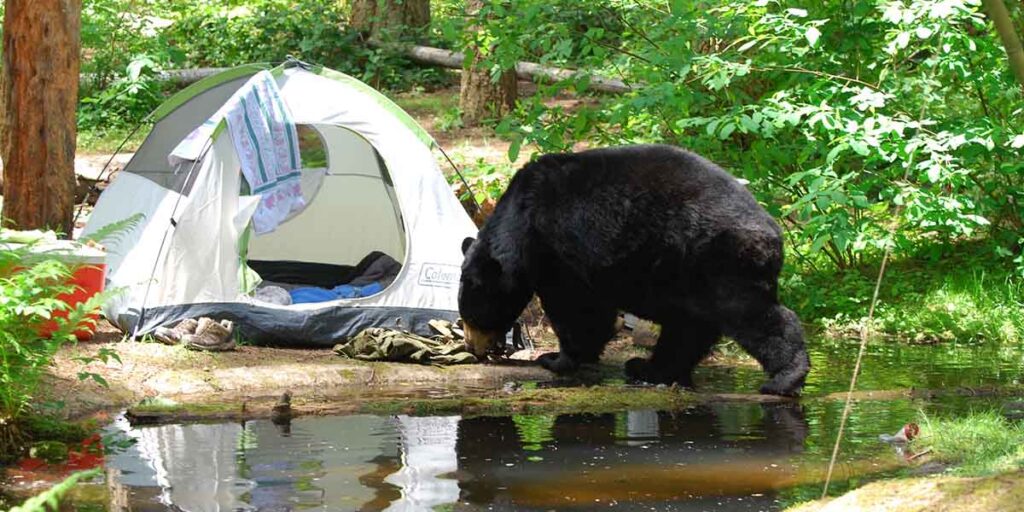
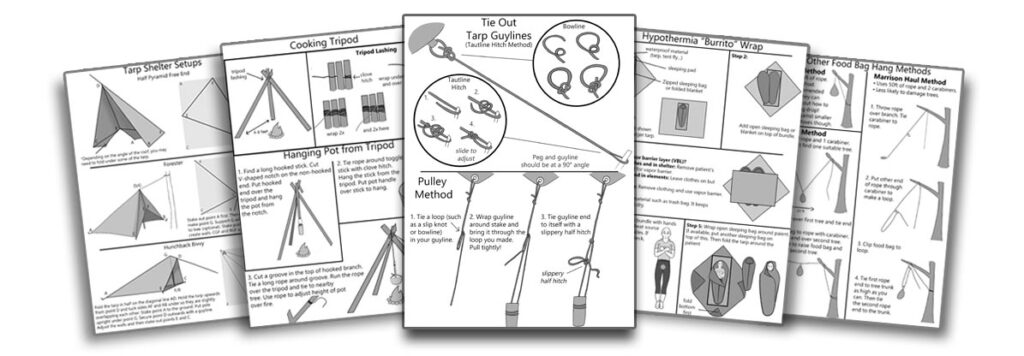
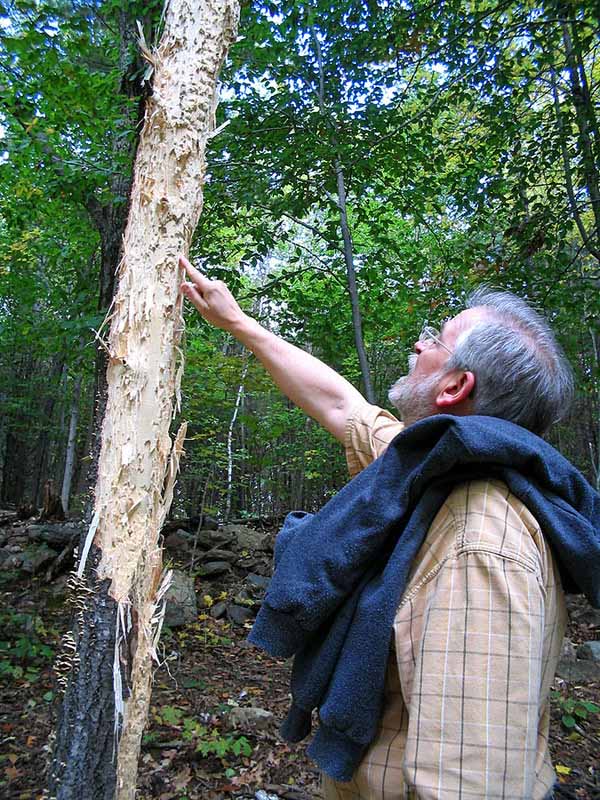
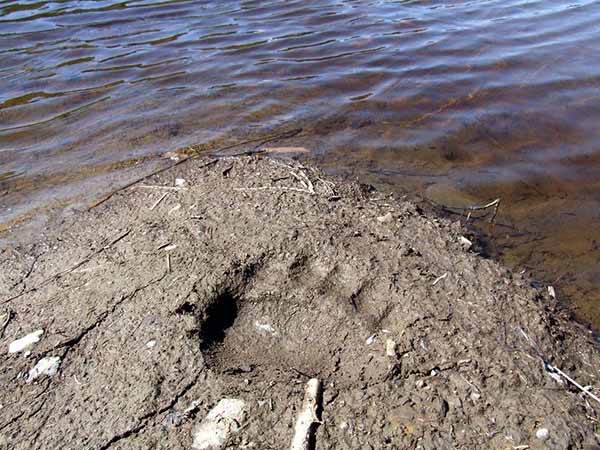
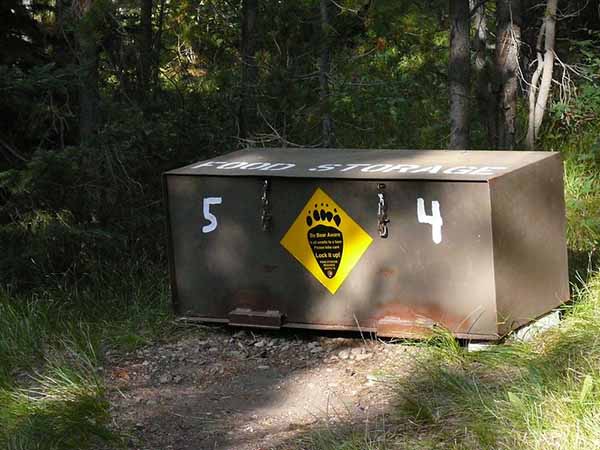
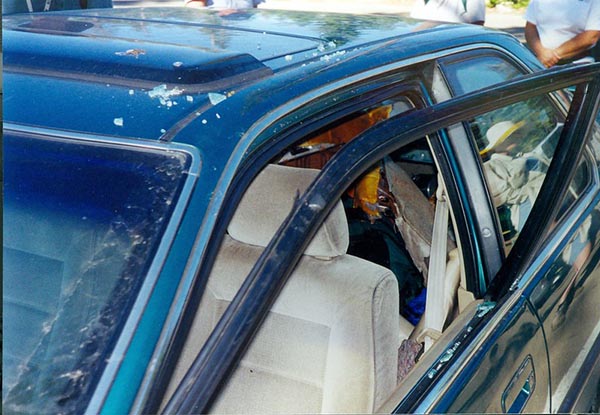
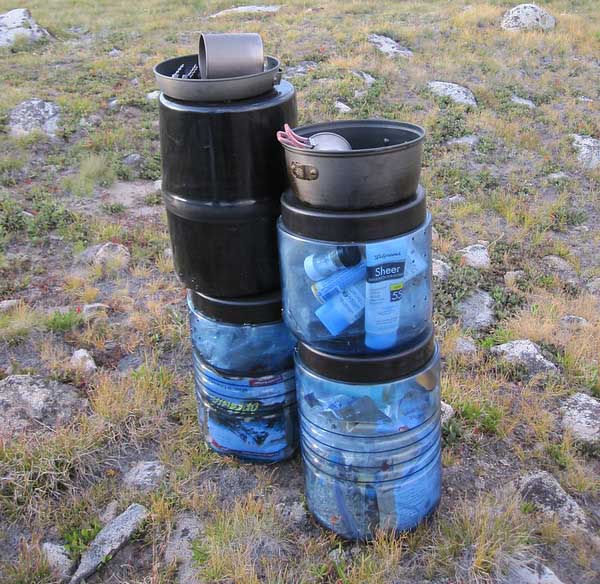
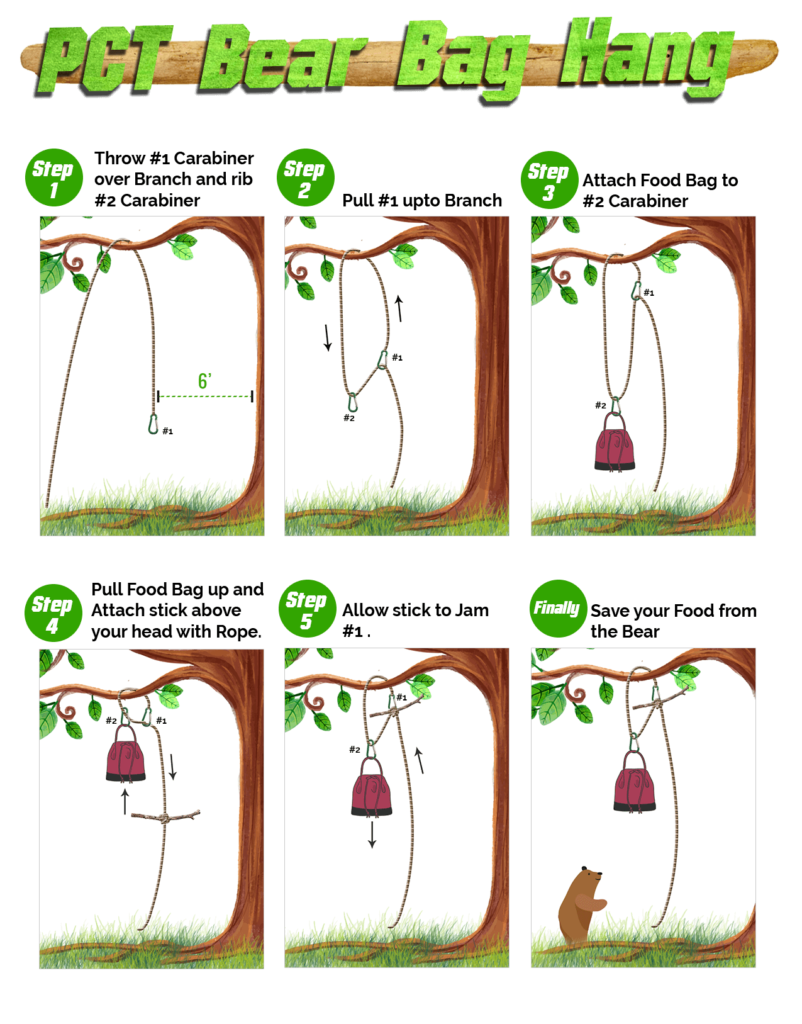
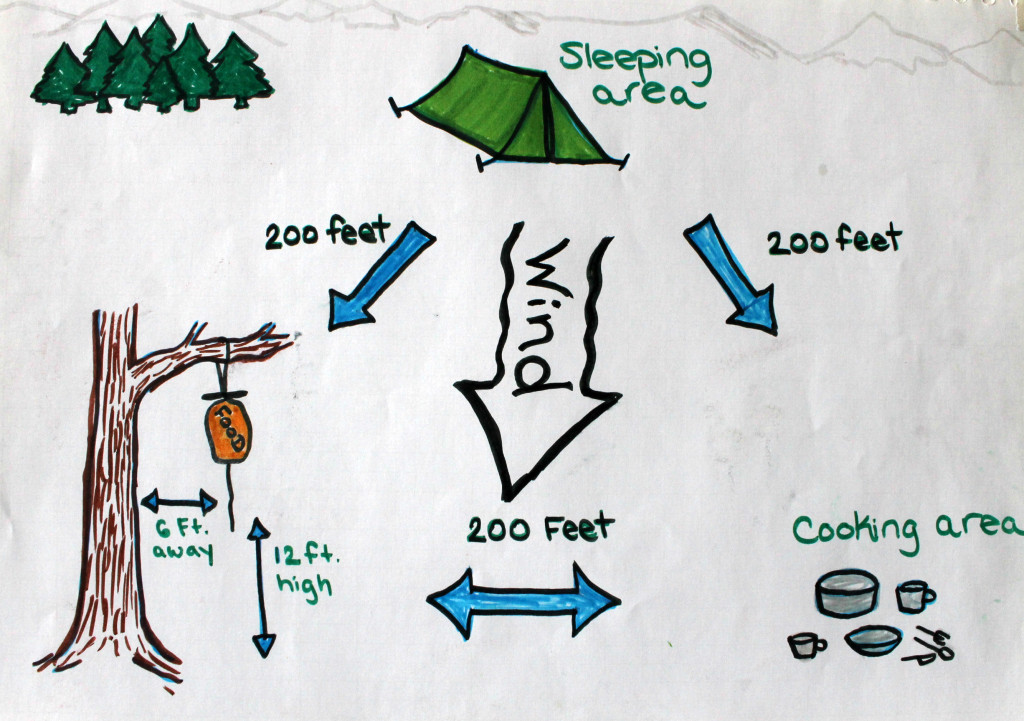
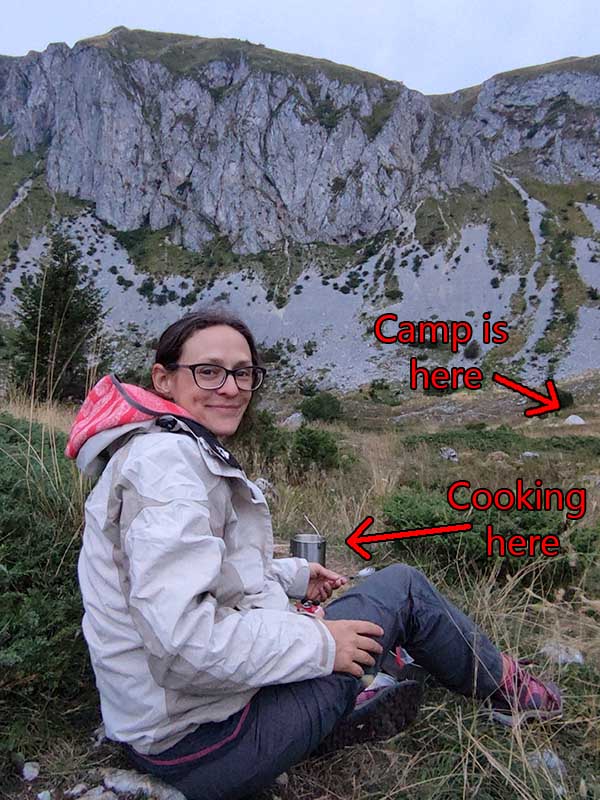
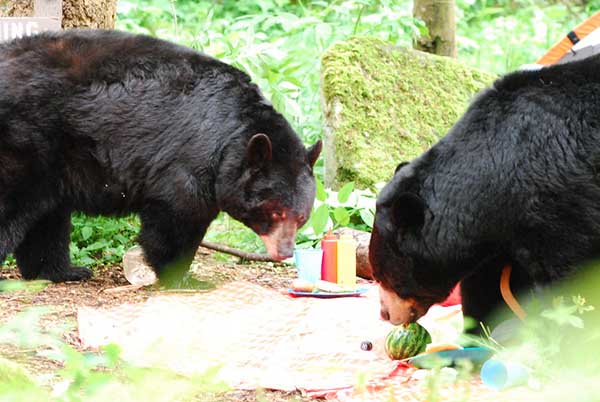
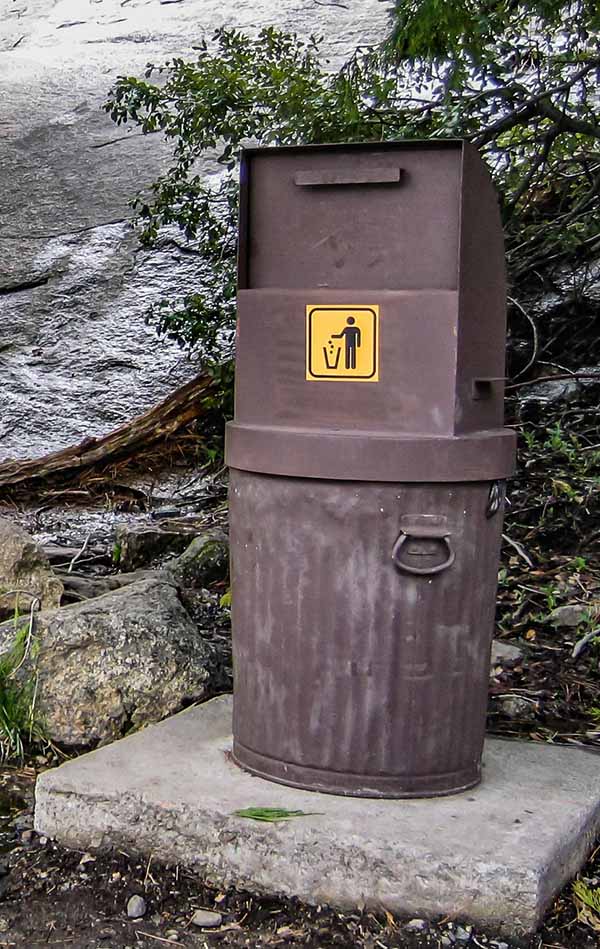
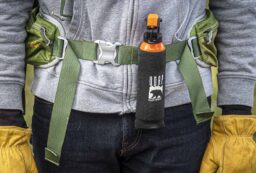
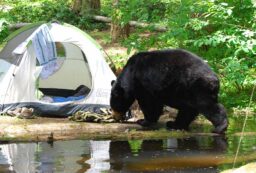
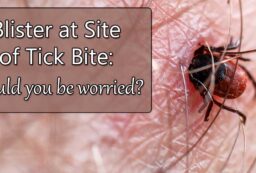







2 Comments
Marianne Hearn
June 15, 2022 at 3:52 amI have a tent trailer do I need to out bread and tooth paste etc in a bear box ?
Do u have any other useful tips for camping in a tent trailer?
Diane
June 15, 2022 at 1:43 pmYes, definitely still put it in a bear box (or in a bear bag hung properly, if that is allowed where you are going). Bears can still get into trailers. You wouldn’t want to wake up to a bear trashing your trailer. Even if you aren’t in the trailer, the bear would destroy it. Those trailers aren’t cheap, so you definitely don’t want a bear to tear a hole through it.